Picture this: the ground trembles, windows rattle, and just as panic begins to rise, an otherworldly blue glow bursts across the night sky. It’s not a scene from a science fiction movie—it’s a phenomenon that has left countless eyewitnesses awestruck and even terrified. These mysterious blue lights, known as “earthquake lights,” have been reported for centuries, yet only recently have scientists begun to understand what’s really happening. If you’ve ever wondered how a shaking Earth can paint the sky electric blue, you’re not alone. Let’s unravel the strange, dazzling story behind this natural wonder.
A History of Mysterious Lights and Ancient Tales

For thousands of years, people across the globe have whispered about strange lights during earthquakes. Ancient Chinese texts describe “dragon fire” in the clouds before great tremors, while South American legends tell of glowing spirits dancing above the ground. Even in recent decades, witnesses have reported glowing orbs, blue flashes, and shimmering curtains of light moments before or during a major quake. These stories often sound like the stuff of legends, but they’re rooted in real, shared experiences.
What Are Earthquake Lights?

Earthquake lights are strange, luminous phenomena that occur in the sky near areas experiencing seismic activity. They usually appear as blue, violet, or white flashes, or as glowing balls hovering above the ground. Unlike lightning during storms, these lights are eerily silent and sometimes seem to move in ways that defy explanation. Many eyewitnesses say the lights appear just seconds before the ground starts to shake—a warning from nature, written in neon across the sky.
First Scientific Observations and Skepticism

For a long time, scientists were skeptical of earthquake lights. Many doubted the stories, dismissing them as hallucinations caused by fear or stress. But as more people captured these lights on video and in photographs, the phenomenon became impossible to ignore. In the last few decades, researchers have analyzed hundreds of documented sightings, and now most scientists agree: earthquake lights are real, and they’re worth studying.
How the Earth’s Crust Creates Light

The secret behind earthquake lights lies deep within the Earth’s crust. When tectonic plates grind against each other, immense stress builds up in rocks. This pressure can cause certain minerals, especially quartz or other crystals, to release electrical charges in a process called “piezoelectricity.” Imagine squeezing a crystal and watching it spark with energy—that’s essentially what happens, but on a massive scale beneath our feet.
The Role of Piezoelectricity Explained
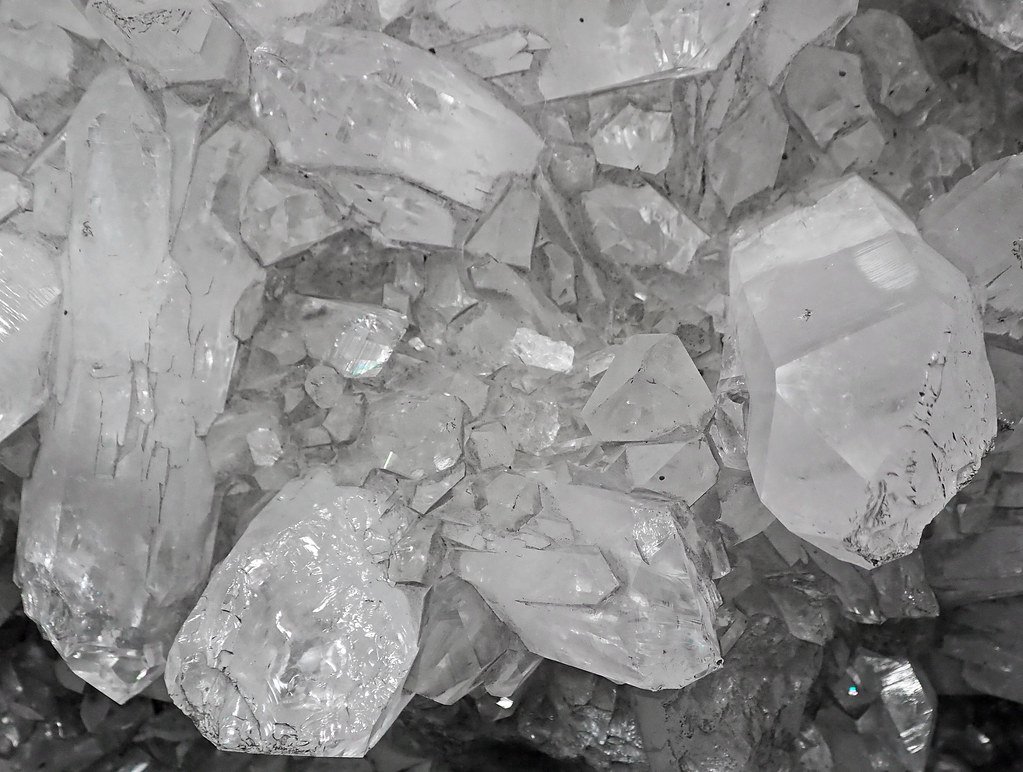
Piezoelectricity is a fancy term, but the idea is simple. Some crystals generate electric voltage when squeezed, twisted, or bent. During an earthquake, the stress and fracturing of rocks loaded with these crystals can produce sudden bursts of electricity. This electrical energy shoots upward toward the surface, sometimes escaping into the atmosphere and creating a visible glow. It’s like nature’s own version of a neon sign, only much more unpredictable.
Friction, Faults, and Flashes

The most common spots for earthquake lights are near fault lines, where the Earth’s plates constantly rub and jostle. As rocks grind together, not only do they produce shockwaves, but they can also create friction-induced electrical charges. When these charges reach the surface, they may ionize air molecules, causing them to glow blue or violet. This is similar to how static electricity can make your hair stand on end—or spark a tiny flash when you touch a doorknob in winter.
From Ground to Sky: The Path of Electrical Energy

Once electrical charges are released from the Earth, they need a way to travel skyward. The energy can move through cracks and fissures in the ground, sometimes using water as a conductor. When the charge hits the surface, it interacts with the air, stripping electrons from oxygen and nitrogen molecules. This ionization process creates bursts of blue or purple light, visible to anyone lucky (or unlucky) enough to be nearby.
Real-World Examples: The Saguenay and L’Aquila Lights

Some of the most famous earthquake lights were seen in Canada’s Saguenay region in 1988 and the Italian city of L’Aquila in 2009. Witnesses described glowing blue flames leaping from the ground and luminous clouds dancing above buildings. In Saguenay, the lights appeared moments before a major quake struck, capturing the attention of scientists worldwide. These events were caught on film and forever changed how researchers approached the phenomenon.
Blue, Green, and Violet: Why the Colors?
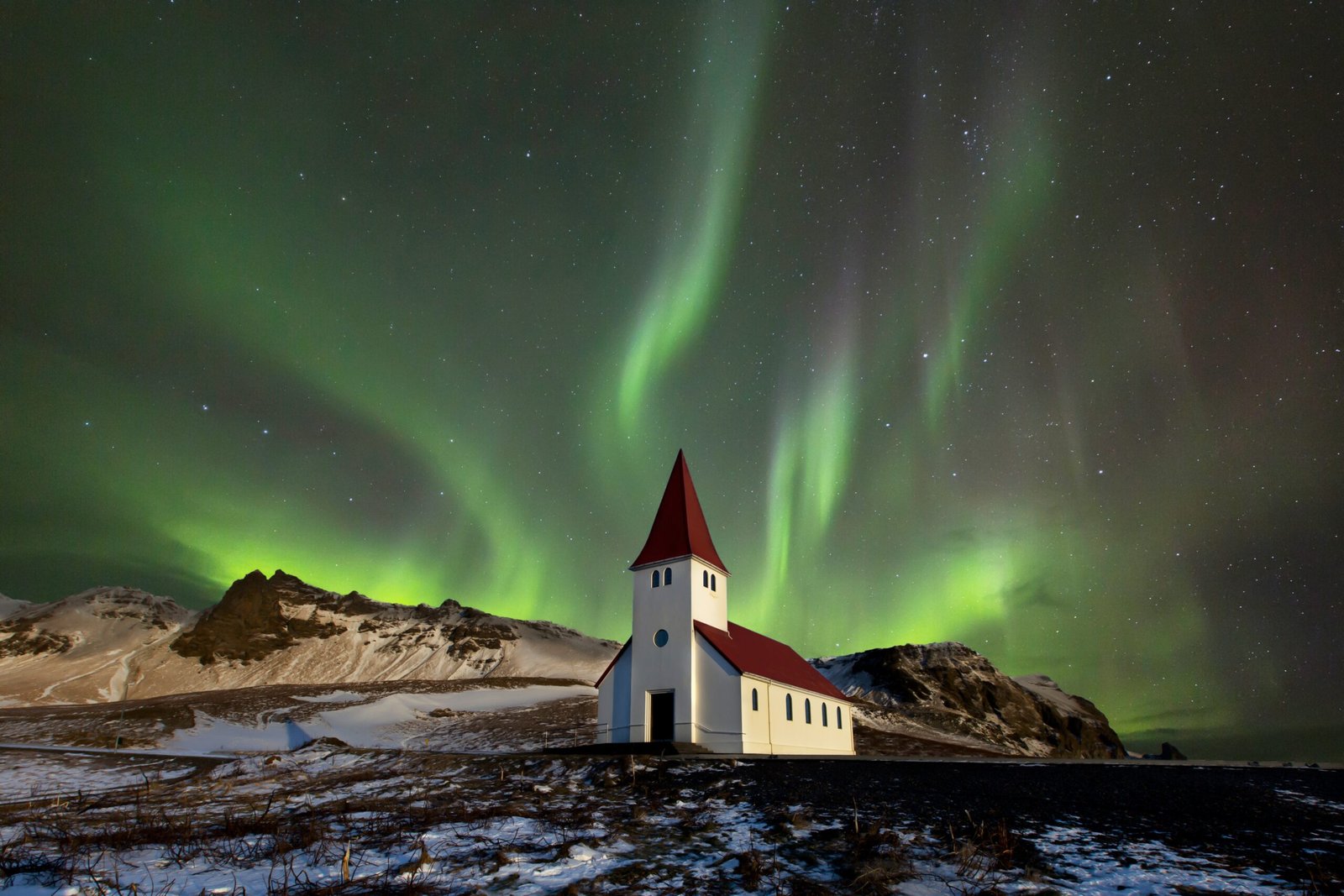
The dazzling colors of earthquake lights are tied to the gases in our atmosphere. When electrical energy excites oxygen molecules, the result is a blue or violet glow. If there’s more nitrogen in the air, the light can appear greenish. The specific color often depends on how much energy is released and the weather conditions at the time. It’s a bit like a natural fireworks show—with a color palette straight from the periodic table.
How Common Are Earthquake Lights?

Despite the drama they cause, earthquake lights are surprisingly rare. Most earthquakes, even big ones, don’t produce visible lights. Experts believe that only certain geological conditions—like the presence of quartz-rich rocks and specific types of fault movement—are needed to create the perfect storm for these lights. That’s why they often catch people by surprise, adding an extra layer of mystery to already frightening events.
Can Earthquake Lights Predict Quakes?
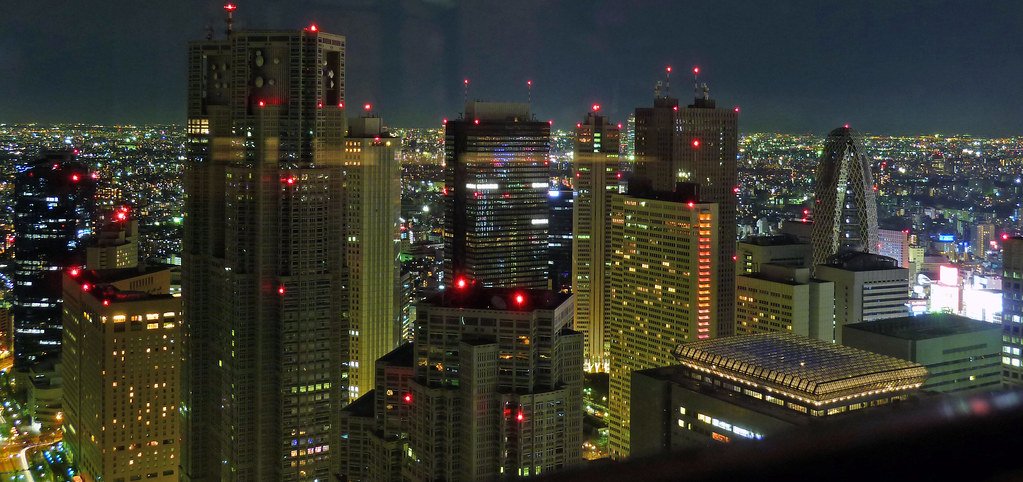
Many people wonder if seeing blue lights in the sky means an earthquake is about to strike. While there have been reports of lights appearing just before a quake, scientists warn that it’s not a reliable way to predict seismic events. The lights are more like an aftershock of built-up electrical energy, not a crystal-clear warning. Still, the idea of nature sending a glowing signal before disaster strikes is both haunting and fascinating.
Earthquake Lights vs. Other Light Phenomena
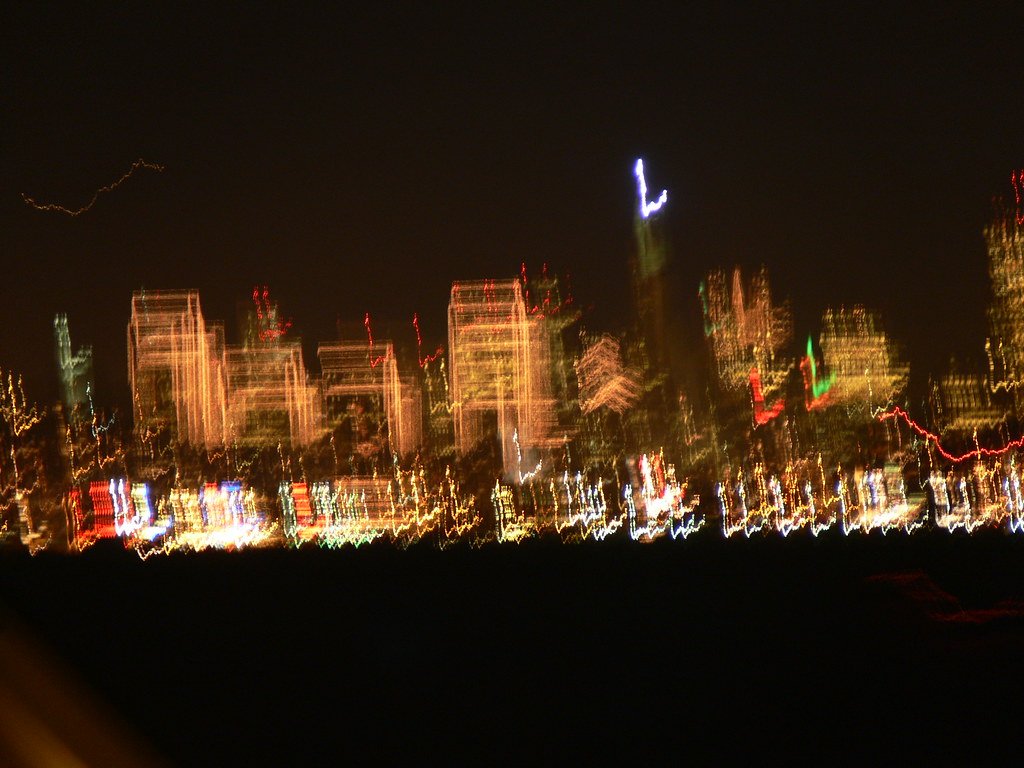
It’s easy to confuse earthquake lights with other natural phenomena, like auroras or lightning. However, there are key differences. Auroras usually appear near the poles and are caused by solar particles, while lightning comes from storm clouds. Earthquake lights, on the other hand, are linked directly to seismic activity and often appear close to the ground or along fault lines. Their timing—right before or during a quake—makes them stand out from other sky lights.
The Emotional Impact on Witnesses

Imagine standing in your backyard when the ground starts to shake, and suddenly the sky erupts in blue fire. The emotional impact can be overwhelming. Many people report feeling a sense of awe, fear, or even supernatural dread. Some believe the lights are omens, while others see them as a sign of nature’s incredible power. Regardless of interpretation, witnessing earthquake lights is an experience few forget.
Modern Technology Capturing the Lights
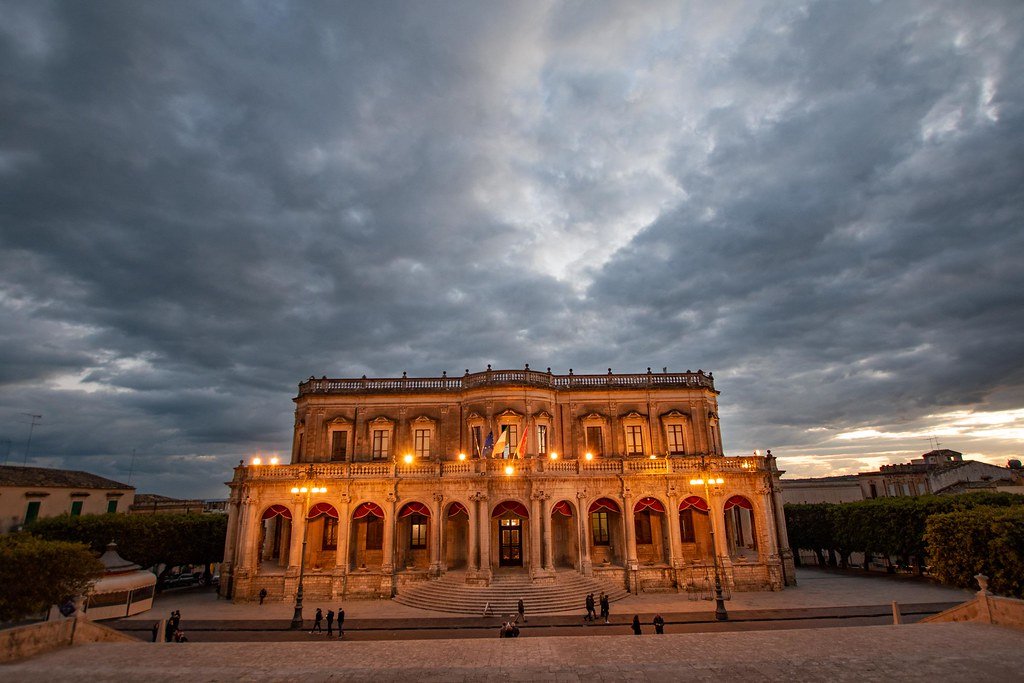
Thanks to smartphones and security cameras, more earthquake lights have been caught on video than ever before. These recordings offer valuable data for scientists, who can now analyze the lights frame by frame. In some cases, researchers have matched the exact timing of blue flashes with seismic waves, offering new insights into how and when the phenomenon occurs. Technology is turning myth into measurable science.
Earthquake Lights in Urban Legends and Pop Culture

The strange beauty of earthquake lights has filtered into folklore, literature, and even movies. In some cultures, the lights are thought to be messages from ancestors or warnings from the gods. Recent films and books have borrowed from these real-life mysteries, using them to build tension and add a supernatural twist to earthquake stories. The allure of glowing skies continues to spark imaginations around the world.
Scientific Challenges and Mysteries

Despite major advances, many questions about earthquake lights remain unanswered. Why do they appear in some quakes and not others? What specific rock types or fault movements are most likely to produce them? Scientists are still piecing together the puzzle, running experiments in labs and studying rocks under pressure. Each new sighting brings more clues—and more questions.
The Importance of Continued Research

Studying earthquake lights isn’t just about solving a mystery; it could help us better understand the forces shaping our planet. By learning how rocks store and release electrical energy, scientists might uncover new ways to detect shifts in the Earth’s crust. Ongoing research could even lead to early warning systems for earthquakes, giving people precious seconds to prepare.
What To Do If You See Blue Lights During a Quake
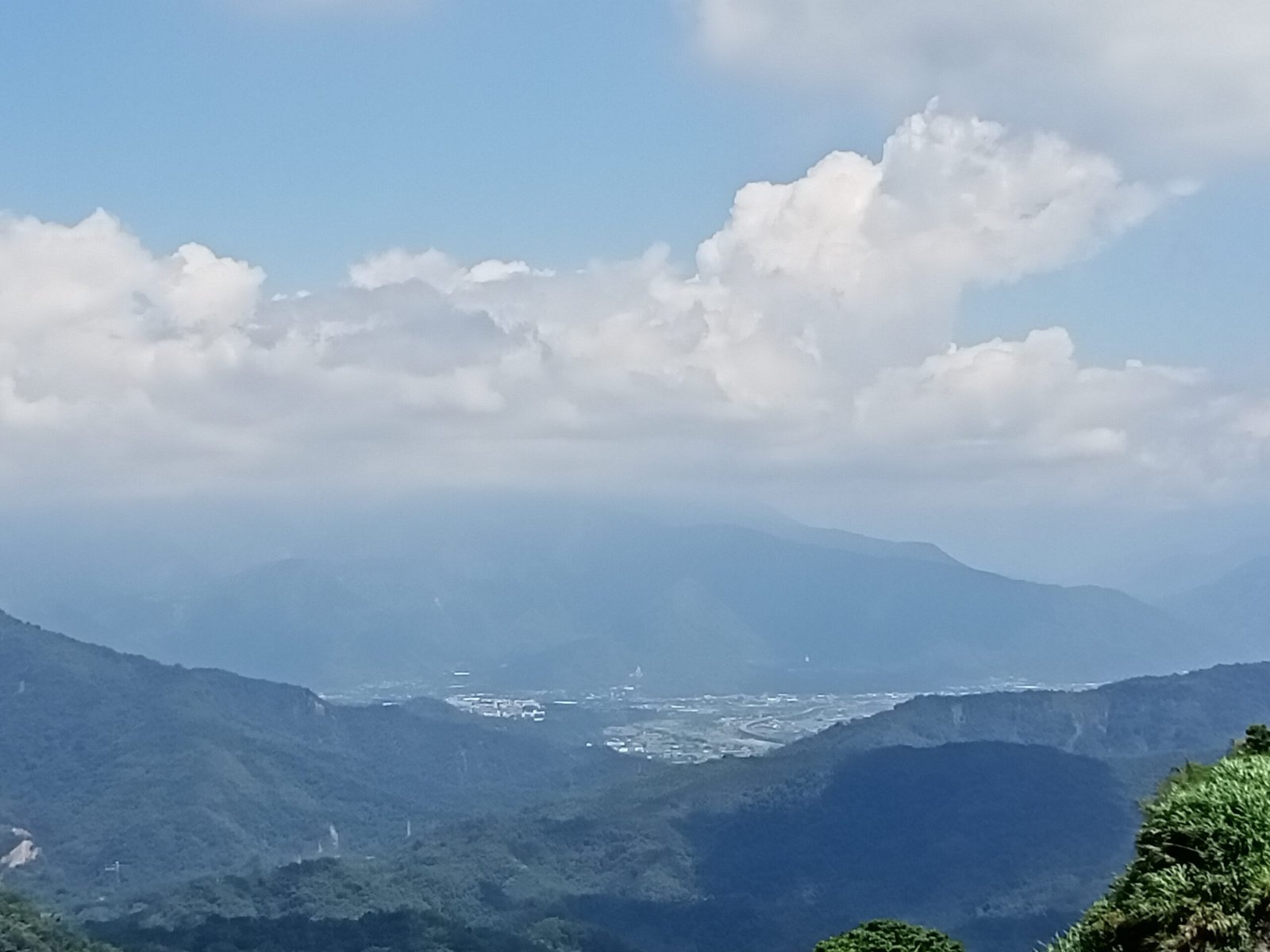
If you ever spot blue lights flickering in the sky during an earthquake, stay calm and focus on safety first. Move away from windows and take cover under sturdy furniture. If you’re able, try to record the lights safely—your video could help scientists unravel more of this stunning mystery. Most importantly, remember that the lights themselves are harmless, even if their arrival signals a powerful natural event.
A Natural Wonder That Keeps Us Guessing
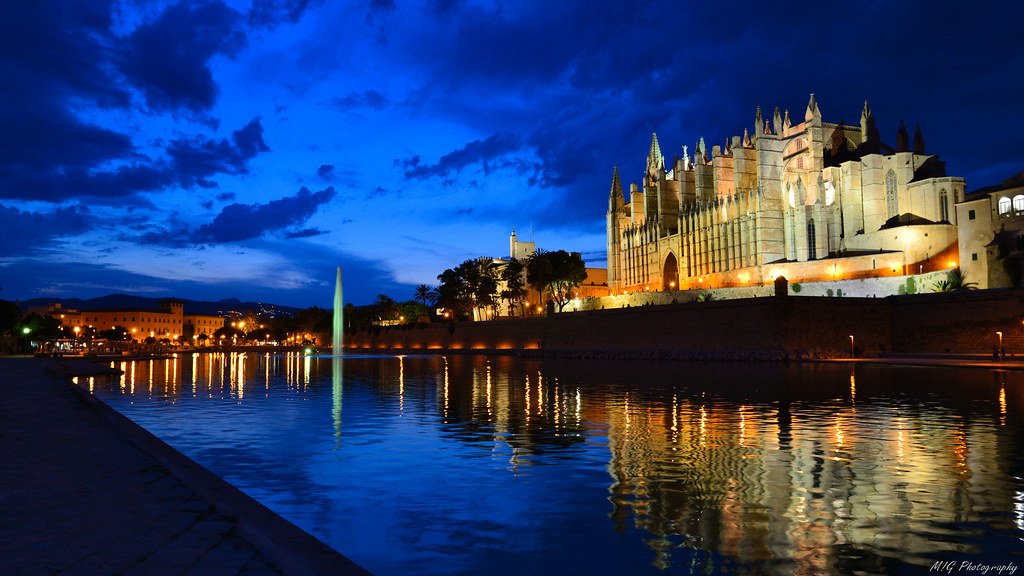
Earthquake lights are a reminder that our planet is still full of surprises. They blend beauty with danger, science with myth, and leave us questioning what else nature has in store. The next time you hear about blue lights dancing in the sky during a quake, you’ll know there’s a fascinating story—and a lot of science—behind every flash. Could you imagine witnessing such a spectacle in your own backyard?




